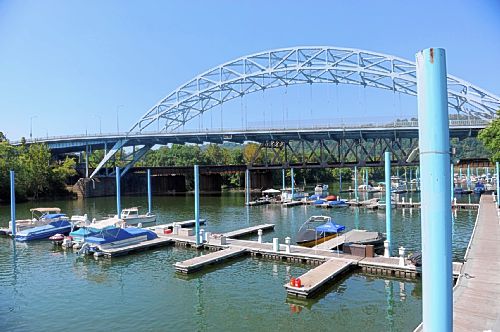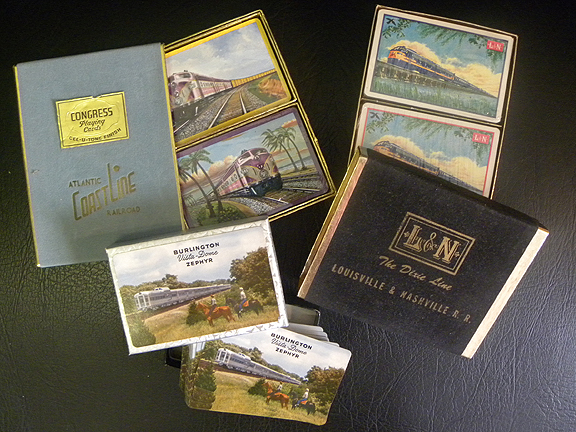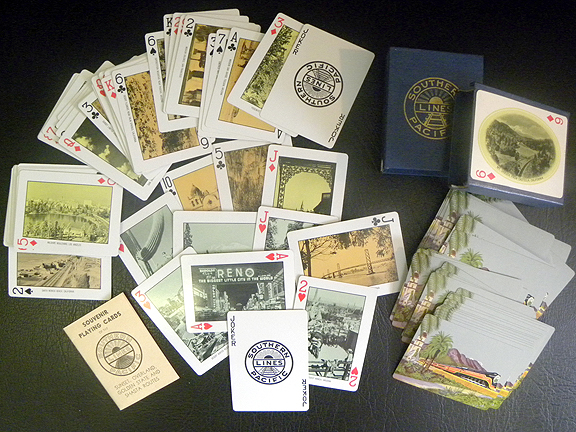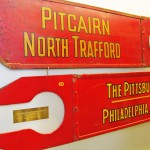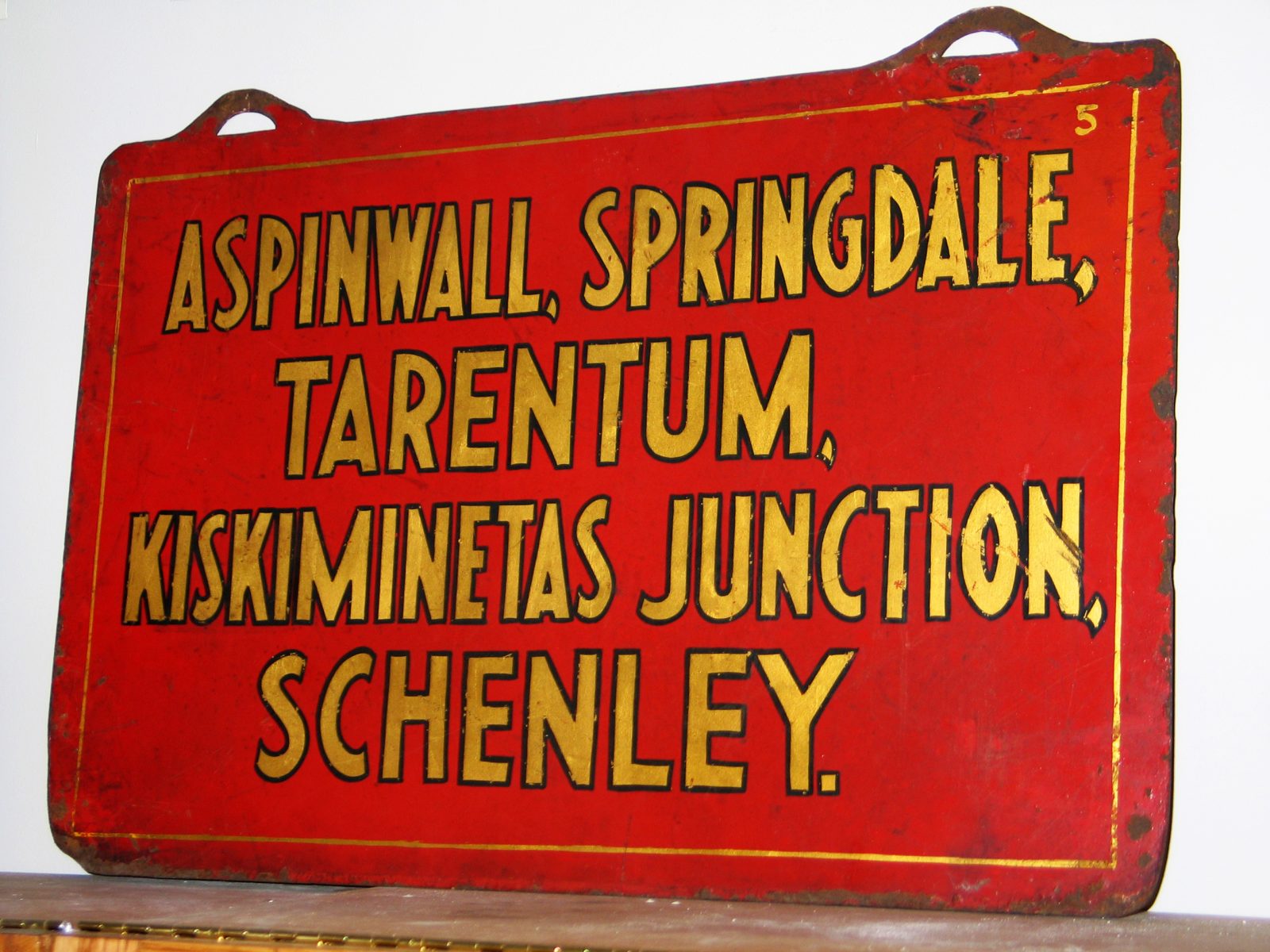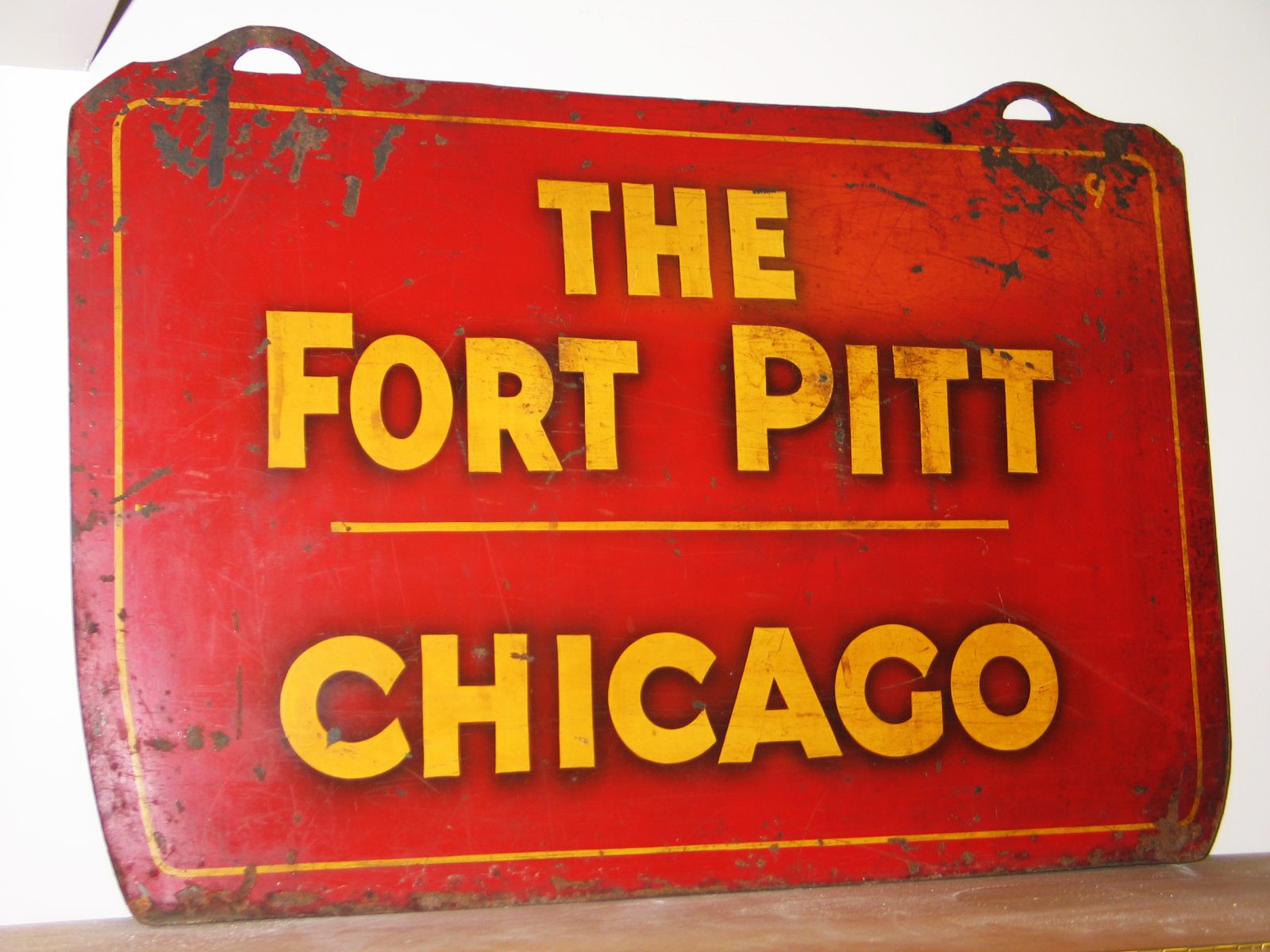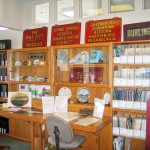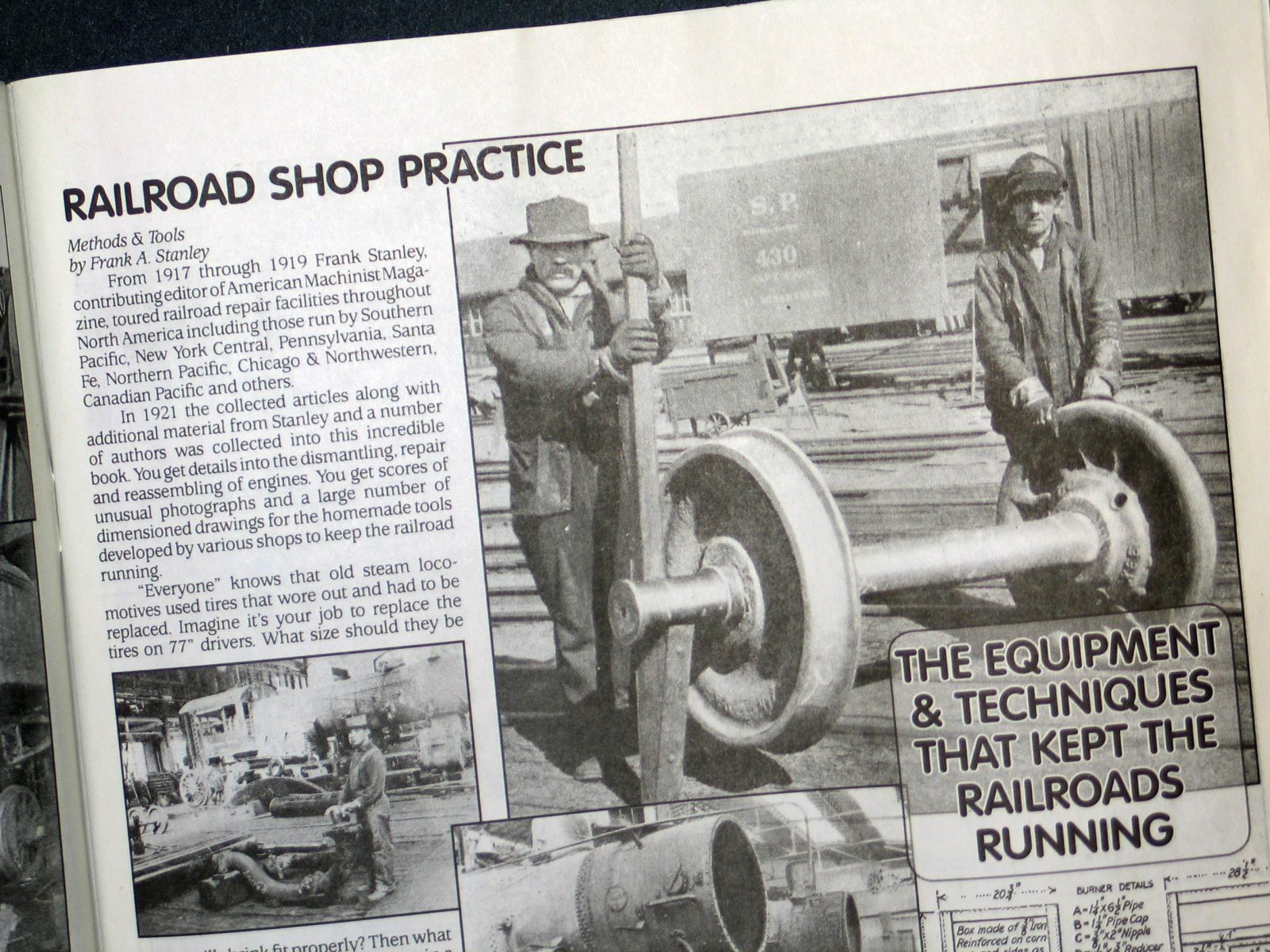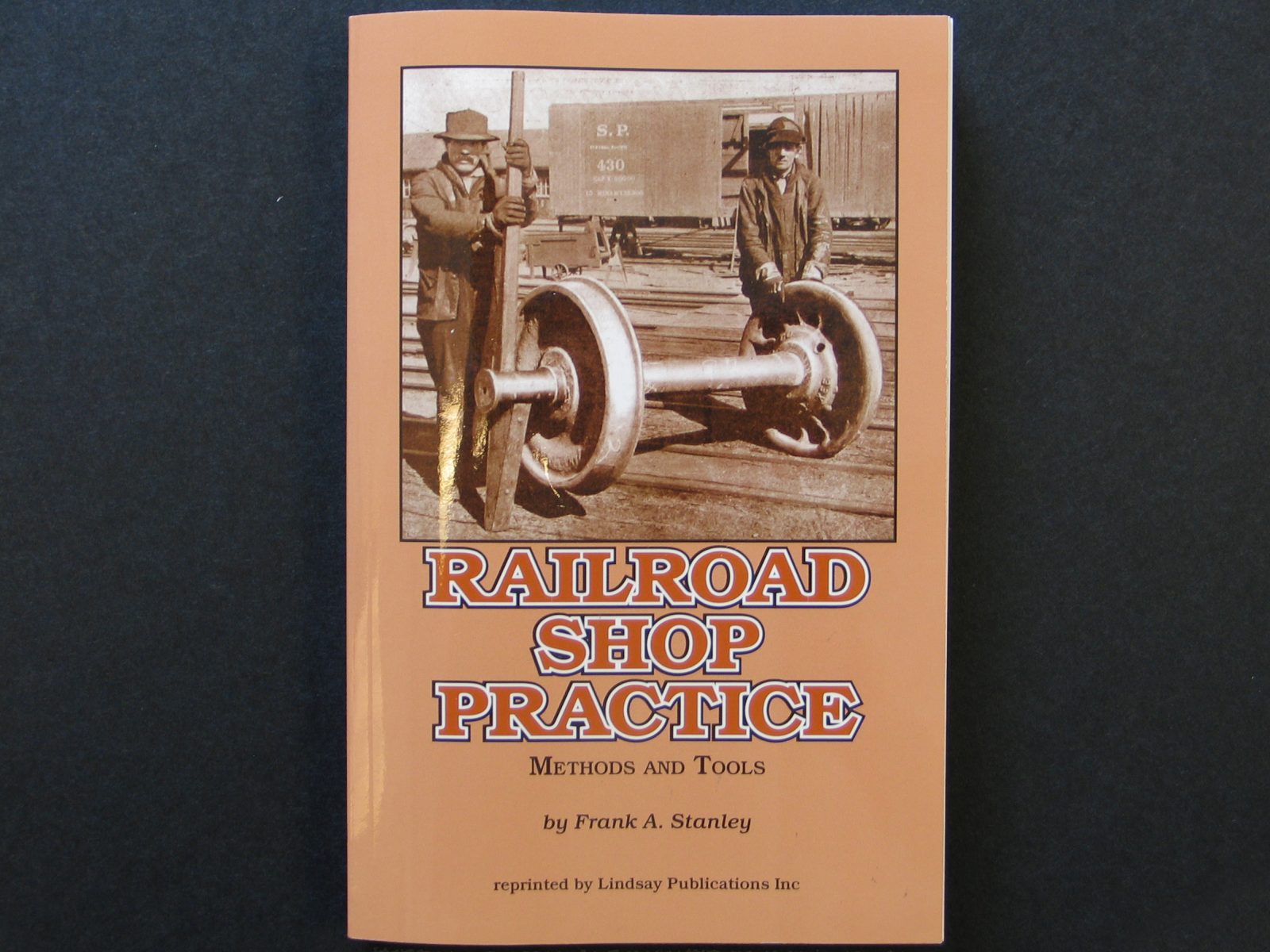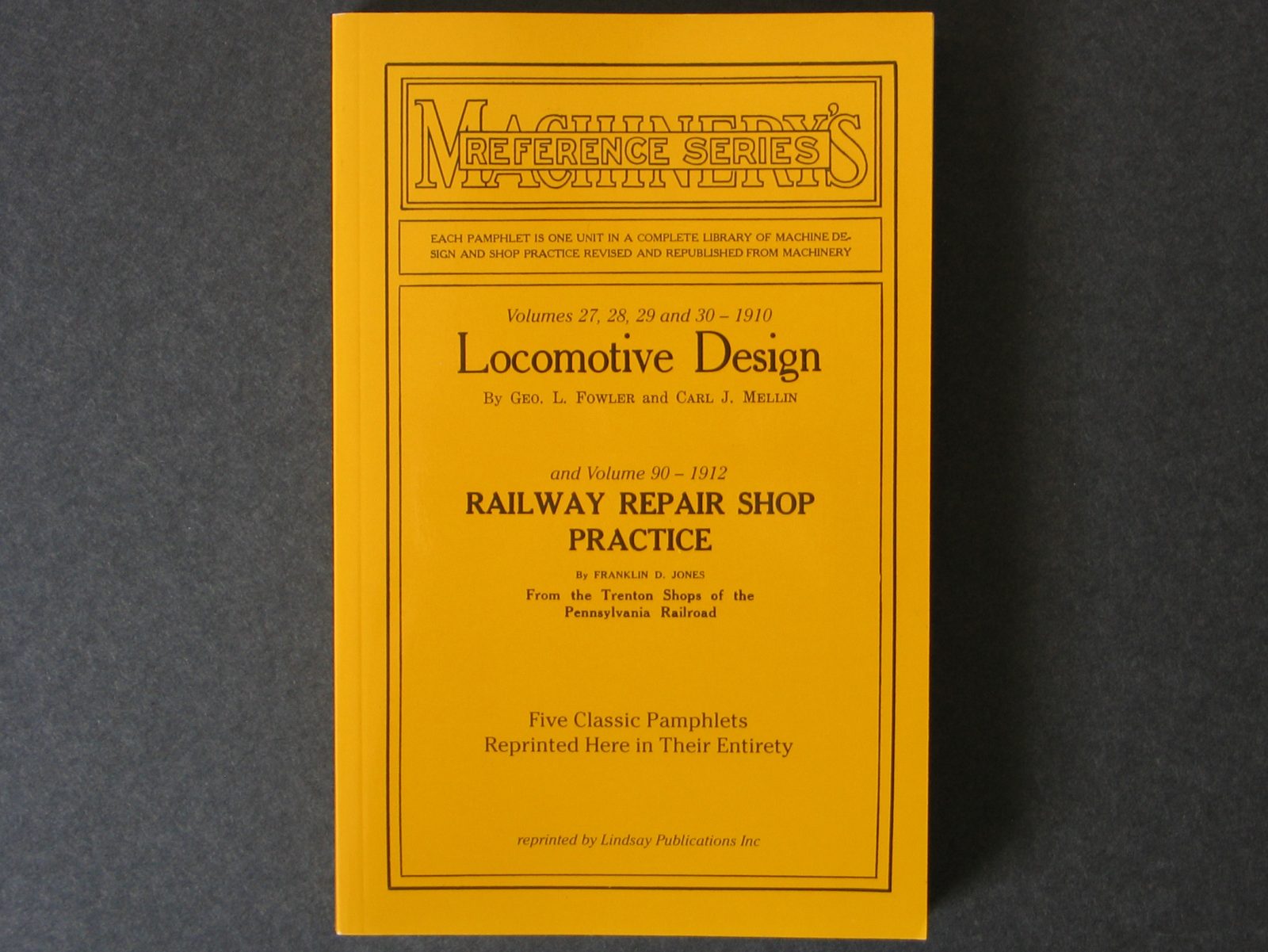
Category Archive: Transportation
-
Owner Wants to Raze Iron City Building
Commission worries demolition will hamper future development at the historic Lawrenceville landmarkMonday, January 10, 2011By Diana Nelson Jones, Pittsburgh Post-Gazette
The pipe shop portion of the closed Iron City Brewery is falling apart at the Lawrenceville landmark, on which the city has bestowed historic status. Bill Wade/Post-Gazette
Iron City Brewing Co. president Tim Hickman sounded urgent Dec. 1 when he asked the Historic Review Commission to let him tear down one of five buildings the city had granted historic status earlier in the year.
“The roof has collapsed,” he said, describing the original ice house in the former brewing complex in Lawrenceville. “The wooden I-beams have rotted and collapsed and the west wall is collapsing.”
Last week, the commission reconvened for a hearing, and Mr. Hickman was fighting to calm his agitation as the discussion drew out. A photo projected onto a screen showed twisted metal trusses hanging in a blue background — a rectangle of sky through the roof.
The brewing company had been cited by the Bureau of Building Inspection to abate the condition, which acting bureau chief John Jennings called “very dilapidated.” But the Historic Review Commission had a longer-term concern about the building, which dates to the 1890s.
And that concern is this: Would demolition of the old ice house prove to be a terrible mistake, jeopardizing a developer’s chances of getting a 20 percent tax break should this property become part of the National Register of Historic Places?
Although Mr. Hickman said a year ago that he embraced the historic status for the economic redevelopment possibilities, he told the commission last week he has not sought national status.
This raised some commissioners’ eyebrows.
Any future development project would almost assuredly depend on the tax credit, without which the company could be stuck with a white elephant.
“Is it your intention to seek tax credits to market this property?” acting chair Ernie Hogan asked him.
“We are still trying to determine that,” said Mr. Hickman, citing the company’s uncertainty over two other buildings that are unusable unless giant tanks can be removed from them. “If I can’t get them out,” he said, “who cares that it’s historic?”
The city approved historic designation for the complex of buildings in February, which automatically kept the company from dismantling any except for one that was exempted — a non-contributing 1970s rectangle. The company still has headquarters in the original building at 3340 Liberty Ave.
Mr. Hickman originally had wanted to demolish all but the headquarters, but preservation advocates seemed to have convinced him the complex was more valuable intact.
“We’re as concerned with the history as anybody in this town,” he said last week, “but if we lose a life, I don’t care about tax credits. I have security 24/7 running off copper thieves.”
As the owner, Mr. Hickman argued, shouldn’t it be up to him whether he wants tax credits?
Mr. Hogan said the commission is responsible for making sure historic buildings have available resources for preservation.
“If that demolition were to jeopardize the integrity of the assemblage, it could jeopardize any federal money to the site,” Mr. Hogan said. “[Mr. Hickman] would be turning his back on any public subsidies.
“I think this property is important. It could be eligible for federal transportation money [being on a bus route], sustainable communities grants, HUD money, all sorts of money.”
The Penn Brewery in Troy Hill was restored using federal tax credits, he said. Similar restoration “could be a huge economic driver” for the Lawrenceville portal.
Scott Doyle, grant manager for the Pennsylvania Historical & Museum Commission in Harrisburg, said the determination of a building’s importance to an overall site “comes down to hardship or a level of significance.”
One way a building in a historic cluster could get a pass is “if it’s outside the period of significance for the property.” Other provisions exempt properties that “lack significance and do not occupy a major portion of the site, and if evidence is presented to show that retention is not economically feasible.”
The hardship provision applies “if a property is so deteriorated or altered that its integrity has been irretrievably lost,” he said.
In order to review the case, the PHMC would need a structural engineering report, photographs, historic documentation and cost estimates for repair.
The brewing company was a regional economic powerhouse in the late 19th and 20th centuries. Founded in 1861 as Frauenheim, Miller & Company, it brewed one of the country’s first golden lagers. It became the Pittsburgh Brewing Co. in 1899 in a merger of 20 regional breweries.
Among the brewery’s firsts were the snap-top can, the twist-off resealable bottle top, draft beer in cans, aluminum beer bottles and the original light beer, Mark V.
Brewing operations moved to Latrobe in summer 2009.
Last week, Mr. Hickman said he is “trying to embrace this process, but what’s the time limit? I have the city [building inspection] telling me you must do something, so I come here to do something and I’m told ‘Let’s wait.’ ”
The commission is expected to consider demolition in February, when an answer is expected about the building’s importance.
-
Counties Seek Funds to Refurbish Mon River Ferry
Friday, November 05, 2010Pittsburgh Post-GazetteThe Washington County Commissioners have approved a $971,000 federal grant application to refurbish the Fredericktown Ferry, better known as Fred, which links two tiny towns separated by the Monongahela River.
Fayette County officials signed off on the application last year.
The Port of Pittsburgh Commission recommended repairing the cable driven ferry that shuttles vehicles and passengers across 800 feet of the river between Fredericktown, Washington County, and LaBelle in Fayette County.
The three- to four-minute trip saves motorists from driving about 16 miles to the nearest bridge.
The 60-foot-steel boat can carry six vehicles per trip, and transports about 500 each day.
-
Historic Designation Urged for Rest of Fineview Incline
By Tony LaRussa
PITTSBURGH TRIBUNE-REVIEW
Thursday, November 4, 2010
Bill Weis of Fineview walks Wednesday along the old wall that remains of the old Nunnery Hill Incline, which ran from 1887-89. Jasmine Goldband | Tribune-Review
As local historic landmarks go, the red-brick building and soot-streaked stone retaining wall that runs several hundred yards along Henderson Street in the North Side give little indication of their importance to Pittsburgh’s past.
Trees, shrubs and weeds have pushed their way through joints of the wall’s cut sandstone blocks, and sections lean precariously under the weight of the hillside rising above.
The walls and building along Federal Street are remnants of an incline that curved 70 degrees and ferried riders up and down the hillside between old Allegheny City and Nunnery Hill. The neighborhood perched on the hill behind Allegheny General Hospital was named for Flemish nuns who ran a school for girls there in the 1830s. It became Fineview.
“What’s left of the incline, which ran from 1887 to 1899, is a part of Fineview’s history that’s worth saving,” said Ed Lewis, director of Fineview Citizens Council. “We consider this a community asset that can be utilized in our long-range plan to create an inviting gateway to the neighborhood.”
On Wednesday, the city’s Historic Review Commission agreed.
In a 4-2 vote, the commission recommended that Pittsburgh City Council designate the structures as historic landmarks. Commissioners Linda McClellan and John Jennings voted against the nomination.
The incline was designed by prominent civil engineer Samuel Diescher, who designed the Duquesne Incline and the machinery for the Ferris wheel.
The building at the corner of Federal and Henderson was the incline’s base station but was not part of the original petition seeking historic preservation. Commissioners thought it was important to preserve the structure and the wall.
The building’s owner, Jonathan Shepherd, does not have to agree to a historic preservation designation for the process to proceed. He could not be reached.
“In the long run, I think the historic designation will be a benefit to the community and the owner of the property, especially with all the development that’s occurring along Federal Street,” said Walt Spak, vice president of the citizens council.
“And if there are any ways we can help the owner by obtaining grants or whatever is available to make improvements, we’ll be behind him,” he said.
A historic designation means property owners must obtain commission approval before making changes to the exterior.
Bill Weis, who grew up in Fineview and is a citizens council board member, said preserving the structures is a “big first step.”
“When we were kids, we used to play up where the tracks were located,” said Weis, 63. “It was deteriorating then and has only gotten worse. So if we’re going to save it, now is the time.”
-
Money Tagged for I-579 Project Could Be Used at New Arena
By Jeremy Boren
PITTSBURGH TRIBUNE-REVIEW
Monday, September 13, 2010Federal money intended to plug an unsightly concrete gap next to Interstate 579 might be used at Consol Energy Center instead.
At the request of the Urban Redevelopment Authority of Pittsburgh, Sen. Bob Casey proposed redirecting the $974,000 earmark to pay for most of a walkway that would hug the exterior of the Penguins’ new home and connect its Fifth Avenue and Centre Avenue entrances.
People working on a master plan for the Lower Hill District and trying to preserve the Civic Arena question whether a Consol walkway is the best use of federal money in a neighborhood struggling with crime and poverty.
“If we’re going to move it around anyway, we need it for public safety on Centre Avenue,” said Carl Redwood, founder of the Hill District Consensus Group. “That takes priority.”
Redwood supports the concept of the $1.5 million walkway at Consol but said his group lobbied city police to address concerns about drug deals occurring near the Zone 2 station on Centre, not far from the arena.
Casey, D-Pa., declined to say whether he believes there’s a better use for the money, but he’s aware no consensus exists.
“If there are better ways to target the dollars, we try to be responsive to that. It doesn’t always work,” the senator said. “What I try not to do is to be an urban planner or a local government official. That really has to be a decision made here in Pittsburgh.”
The Consol walkway, dubbed “Curtain Call” by California artist Walter J. Hood, would feature 15-foot-tall stainless-steel curtains, a lighted path and photos of Hill District life embedded in the steel sheets.
URA Executive Director Rob Stephany said an “engineer’s sketch” of the I-579 “cap” project between the Hill District and Downtown would cost an estimated $15 million.
The original application for federal money from Casey’s office touts the cap as “a new urban green space that finally reconnects the Lower Hill District to downtown.”
After learning from the Sports & Exhibition Authority, which owns the new $321 million arena, that it lacked enough money to pay for Curtain Call, URA officials requested the money from Casey, Stephany said.
Rob Pfaffmann, a Downtown architect and frequent critic of the hockey team’s desire to demolish the Civic Arena and develop its 28-acre site, supports Curtain Call. Pfaffmann formed the grass-roots group Reuse the Igloo.
He believes the connection between Fifth and Centre is crucial because walking outside from one side of Consol to the other is difficult.
“Frankly, the Penguins should have paid for it,” Pfaffmann said.
In 2007, the Penguins agreed to contribute $4.1 million a year for 30 years to pay for part of the arena. Pittsburgh’s Rivers Casino pays $7.5 million a year from gambling revenue, and the state funding fueled by casino taxes chips in another $7.5 million a year.
The city Planning Commission required the walkway at the arena, Stephany said, noting the team never wanted anything so elaborate.
“We kind of fell in love with that notion of a public art project and pedestrian way,” he said.
The walkway would be open to everyone, not just hockey fans, he said.
“Will it make for a great experience for people at a game? Yes. Will it make for a great connector for a student on his way to a grocery store? Yes.”
-
In McKeesport, Marina’s Success Boosts Other Businesses, City’s Hopes
Thursday, September 09, 2010By Candy Woodall, freelancePittsburgh Post-GazetteSummer may be winding down but Ray Dougherty already is preparing for next season at McKees Point Marina along the Youghiogheny River.
The 200 docks are full to capacity, and the waiting list is growing, a stark difference from the 60 spots that were filled when Mr. Dougherty started as manager of the marina in McKeesport four years ago.
In addition to the solar, steel building he plans to have constructed along Water Street to house boats during the off-season using a $150,000 Growing Greener grant, growth at the marina also has led to a new boat dealer opening in McKeesport and increased revenues at McKees Cafe.
He attributes the surge at the marina to reducing rates and adding entertainment.
The marina hosts free, live entertainment every weekend.
Rates were $1,080 annually for either a 30- or 20-foot dock in 2006. Now, they are $900 per year for a 30-foot dock and $580 per year for a 20-foot dock.
Mr. Dougherty said he puts the docks in the water for the boating season to begin April 15 and takes the docks out when the season ends Oct. 15. The marina also docks 18 jet skis and keeps 11 spots open for transient boaters who can anchor at the space for $20 to $25 per day.
“We keep those prices low to encourage people to come visit McKeesport,” he said.
The marina is now self-sustaining — purchased with a $1.8 million Housing and Urban Development Authority loan in 1998 — and costs about $100,000 a year to operate, he said.
By the beginning of next season, he wants to use marina revenues to build a small park for children near the marina for the families who dock there.
He attributes the surge in family boaters to a slow economy and the other offerings of McKeesport’s waterfront — not the least of which is its use as a trail head to the Great Allegheny Passage, Steel Valley Trail and Youghiogheny River Trail.
The combination of water traffic, foot traffic and boat traffic has boosted sales by 50 percent at McKees Cafe along Water Street, which Mr. Dougherty also manages.
His cafe, which makes its own homemade bread and sells $5 lunches, has a nautical theme, including a large mural of sea life on the walls. Another wall is signed by boaters, bikers and hikers who have visited the trails from seven countries and all but five states.
“We see a lot of bikers in the morning and boaters in the evening,” he said.
Boaters who buy a yearly lease at the marina also have a membership to the McKees Cafe Clubhouse, where they can host birthday parties, graduation parties or other events for free.
Mr. Dougherty said most members are from the Mon Valley or Westmoreland County, including the communities of McKeesport, North Huntingdon and Greensburg.
The boating activity is why Pittsburgh Boat Sales opened on Water Street this summer and celebrated a grand opening a few weeks ago.
“The McKees Point Marina has a central location to Pittsburgh, and we wanted to jump into the Pittsburgh market,” said Dino Ellena, service manager.
“We noticed a growth in boating. Families seem to be forgoing a $7,000 vacation in favor of buying a boat and having many summers of vacation.
“It’s another way to help the economy here instead of going somewhere else and spending money. More people are keeping the money local.”
And that’s great news, said Dennis Pittman, McKeesport city administrator.
He hopes the city’s natural resources — as a confluence of the Youghiogheny and Monongahela rivers — will create other economic opportunities for the city.
He’s making plans to build a fishing pier, establish a rowing club, partner with Penn State Greater Allegheny to construct a fish hatchery and develop the waterfront with small businesses.
Seeking Hope VI grant money, he hopes to use those public funds to build a $100,000 fishing pier at 13th Street along the Youghiogheny River next year.
“I may be dreaming a little because we’re rich in ideas and poor in dollars,” Mr. Pittman said. “But there’s no doubt we need to take advantage of what we have.”
When the Army Corps of Engineers is finished with its work on the Braddock Dam and eliminates the Elizabeth Dam, McKeesport will have a 20-mile pool of free-flowing water to use, doubling the 10-mile pool it has now.
Those changes also will cause the Youghiogheny to rise about 5 feet, according to Mr. Pittman, making boating on that river a more pleasurable experience.
Mr. Pittman also wants to see some rowing boats in the water within the next three years.
He said the city has the space and desire for a rowing club that could host high schools, colleges and junior programs.
He’s partnering with executives at Three Rivers Rowing to establish a program — possibly as a third site for the rowing club, which already operates facilities at Washington’s Landing and in Millvale.
Mr. Pittman would like to see an indoor facility with a glass front built along the water in an old pipe yard. It could include a gym, boat storage and restaurant. He’s seeking public funds, philanthropic support and partnerships with the private sector. He declined to give specific figures while costs are being analyzed and collaborations are forming.
He hopes a partnership with Penn State Greater Allegheny will lead to the creation of a fish hatchery at an old Westmoreland County water plant near 15th Street through the school’s agriculture program.
“We’ve talked to school officials there about raising the fish and stocking our local streams,” he said. “It’s a teaching and vocational opportunity.”
Mr. Pittman said he is talking to John Hohman, plant manager, to work out a ground lease. It also may be donated to Penn State Greater Allegheny or the city, he said.
“The elements are in place, but there’s still some work to be done,” he said.
The economic impact of developing a waterfront and using rivers can be huge, according to Rick Brown, executive director of Three Rivers Rowing.
It takes some work and money, but not necessarily much money, he said. Facilities range in costs, and sometimes boathouses start out with simple materials such as chain-link fencing, he said.
Eight high schools, three colleges and a junior team representing 20 local high schools compete through Three Rivers Rowing. It has 400 adult members, 100 youth members and about 3,000 total participants a year.
Mr. Brown is pleased that another local municipality wants to start a rowing program.
“I think more rowing in the area would help all of us. We’ll be an area better served,” he said.
And McKeesport would have more to offer, Mr. Pittman said.
“We want people to see us as a destination point,” he said. “We just have a lot more potential than what’s been tapped.”
-
Fairbanks Feature: Playing Cards from Well Known Rail Lines
James D. Van Trump Library | Frank B. Fairbanks Transportation Archive | Fairbanks Features
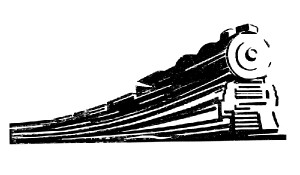 Showcasing a variety of materials located in the Frank B. Fairbanks Rail Transportation Archive
Showcasing a variety of materials located in the Frank B. Fairbanks Rail Transportation ArchiveNo. 7 Presentation
Fairbanks Feature: Playing Cards from Well Known Rail Lines
In the golden days of railroad travel, amenities abounded for the rider, especially on the long distance excursions. Railroads provided decks of cards to passengers, many times given out free. These cards were good advertisements for the sights that could be seen along the way. They also showed pictures of the rail cars and engines of that particular rail line and/or reminders of the great historical background of a railroad. Many of these cards came in durable boxes; some are covered in velvet-like material. These cards were not produced to be discarded at the end of the journey. There is a high quality, good, long-lasting feel to the cards.
Frank Fairbanks collected these cards as he traveled the United States. The Fairbanks Archive has playing cards from 46 different rail lines, given out on train trips between 1952 through 1965. Some of the decks still have their seals intact, and some have been opened but the cards have never been used. All the boxes of playing cards are on display in the Archive, and patrons can handle and examine each box.
- “Pennsylvania Collection” Four rail lines represented: Reading, Lake Erie, Pennsylvania, and Erie Railroad
- Great Northern Railway and The Santa Fe
- Wabash and the Chicago and North Western Railway Company
- Louisville & Nashville R.R., Burlington Vista-Dome Zephyr, and The Atlantic Coast Line
- Two very interesting decks come from the Southern Pacific Lines. Each deck is different. One side of the card has a lovely color photo of the train itself. The other side has a photo of a sight along the route. With 52 cards plus extra cards in each deck, there are over 100 different well known photos along these routes in the time period of the 1950s to 1960s.
The Frank B. Fairbanks Rail Transportation Archive is open by appointment on Mondays, from 10:00 a.m. to 5:00 p.m. Use of the archive is free to PHLF members (one of the benefits!); non-members are assessed a $10 use fee.
The Archive is located on the fourth floor of The Landmarks Building at Station Square, in the offices of the Pittsburgh History & Landmarks Foundation.
To schedule an appointment, email Librarian James Halttunen: James@phlf.org
-
Fairbanks Feature: A New Train of Thought – Pittsburgh Union Station Railroad Signs
James D. Van Trump Library | Frank B. Fairbanks Transportation Archive | Fairbanks Features
 Showcasing a variety of materials located in the Frank B. Fairbanks Rail Transportation Archive
Showcasing a variety of materials located in the Frank B. Fairbanks Rail Transportation ArchiveNo. 6 Presentation
Pittsburgh Union Station Railroad SignsThe Frank Fairbanks Rail Transportation Archive is composed of many different types of materials. “Artifacts” is the larger term for a variety of visual, touchable materials. Railroad artifacts were in most cases common items during the peak days of the railroads. While once ordinary and not coveted, artifact memorabilia evokes in the observer today memories of a time when these items were part of a more carefree and less hectic life.
The Fairbanks Archive is pleased to have on the walls of the Archive room 10 outdoor signs from the Pittsburgh Union Station, located at Grant and Liberty Avenue, in downtown Pittsburgh. All railroad stations once had such signs, indicating where to catch the trains to different destinations. While nothing is unique about these red signs with gold lettering, ranging in size from 13 to 51 inches and 18 ½ x 26 ½ inches, they are “the stuff “ that makes for memories. Visitors to the Archive stand looking at these signs and immediately recall their own personal connection to these destinations from Union Station. We are grateful to have these signs.
The Frank B. Fairbanks Rail Transportation Archive is open by appointment on Mondays, from 10:00 a.m. to 5:00 p.m. Use of the archive is free to PHLF members (one of the benefits!); non-members are assessed a $10 use fee.
The Archive is located on the fourth floor of The Landmarks Building at Station Square, in the offices of the Pittsburgh History & Landmarks Foundation.
To schedule an appointment, email the Librarian James Halttunen: James@phlf.org
-
Fairbanks Feature: A New Train of Thought – Two books from the Lindsay Publications Catalog
James D. Van Trump Library | Frank B. Fairbanks Transportation Archive | Fairbanks Features
 Showcasing a variety of materials located in the Frank B. Fairbanks Rail Transportation Archive
Showcasing a variety of materials located in the Frank B. Fairbanks Rail Transportation ArchiveNo. 5 Presentation
Two books from the Lindsay Publications CatalogThe Lindsay Publications catalog is officially called, Lindsay’s Technical Books. The catalog uses the cheapest of papers, small print, pages crammed full of book titles and explanations, and writing sometimes so quirky the reader might think something has been incorrectly stated. In fact, the blurb on the front cover states Exceptional technical books for experimenters, inventors, tinkerers, mad scientists, and “Thomas-Edison-types.”
The catalog, however, is a gold mine of books that cannot be found elsewhere. Most of them are reprints, the originals long out-of-print and their value not known until Lindsay found and resur-rected them. Two of these unique reprints are in the Fairbanks Archive for your enjoyment. The Catalog is also available for your enjoyment.
- Cover. Lindsay Publications Catalog.
- Catalog page advertising one of the books to be found in the Fairbanks Archive.
- Cover. Railroad Shop Practice. Methods and Tools by Frank A. Stanley. Originally written in 1921.
- Cover. Locomotive Design. Volumes 27, 28, 29 and 30 from 1910. By Geo. L. Fowler and Carl J. Mellin. Railway Repair Shop Practice. Volume 90 from 1912. By Franklin D. Jones. From the Trenton Shops of the Pennsylvania Railroad.
- Picture, page 192. View in the erecting department of the Trenton Shops. From the above Railway Repair Shop Practice.
The Frank B. Fairbanks Rail Transportation Archive is open by appointment on Mondays, from 10:00 a.m. to 5:00 p.m. Use of the archive is free to PHLF members (one of the benefits!); non-members are assessed a $10 use fee.
The Archive is located on the fourth floor of The Landmarks Building at Station Square, in the offices of the Pittsburgh History & Landmarks Foundation.
To schedule an appointment, email the Librarian James Halttunen: James@phlf.org

